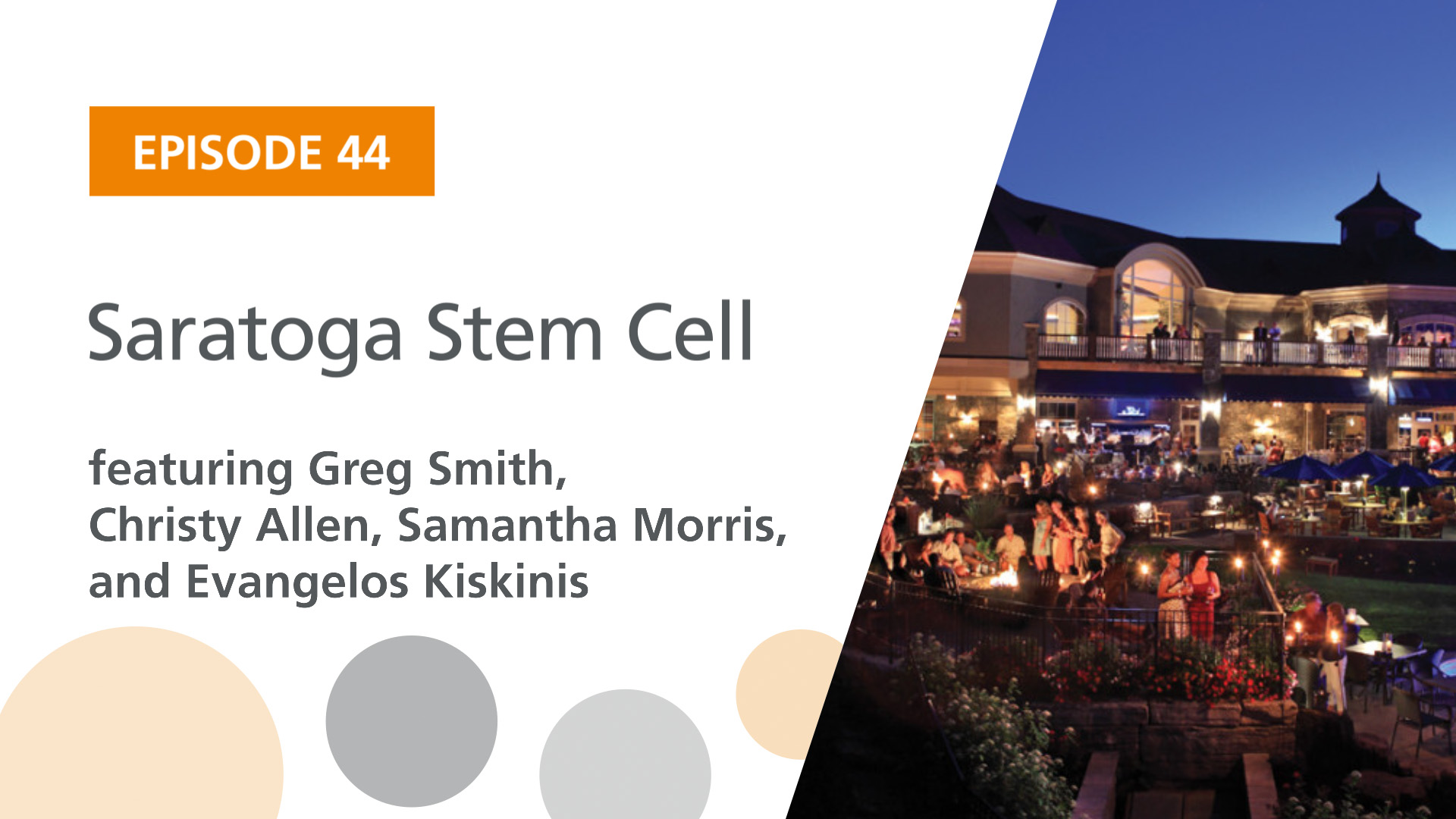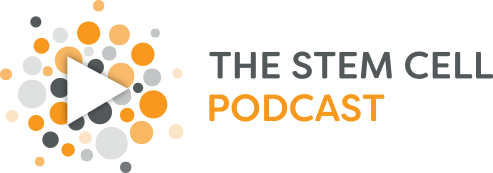
Podcast: Play in new window
Guest:
In this episode we discuss topics ranging from a chemical in vegetables that can destroy cancer stem cells, chewing gum to prevent signing a song over and over, the first report of germ line gene editing in human embryo, neuronal hyperactivity and neutral stem cells, and the discovery of a new pluripotent stem cell. The second half of the show comes live from The Next-Gen Stem Cell Conference in Saratoga NY, where we interview four scientists about their work and conference experience.
Resources and Links
Could High Blood Sugar Be a Cause of Alzheimer’s Disease? – Scientists suspect one of the drivers that causes the complex brain changes that lead to Alzheimer’s disease is the accumulation of plaques of a faulty protein called beta-amyloid and that too much sugar in the blood can speed up the production of this protein.
Activin A Directs Striatal Projection Neuron Differentiation of Human Pluripotent Stem Cells – Activin A induces lateral ganglionic eminence (LGE) characteristics in nascent neural progenitors derived from human embryonic stem cells and induced pluripotent stem cells in a sonic hedgehog-independent manner.
Take a Deep Breath: Patients Find Relief through 3D Printing – A patient suffering from the rare condition, tracheobronchomalacia was treated with the use of 3D printing to construct a splint that would support the weakened trachea.
Relaxed DNA May Contribute to Aging – Analysis from scientists suggests that loosely wrapped DNA underlies the accelerated physical decline of Werner syndrome and promotes aging in the rest of the population.
U of M Institute Discovers How Aspirin Fights Cancer – Researchers discovered that aspirin might exert its chemopreventive activity against colorectal cancer, at least partially, by normalizing the expression of epidermal growth factor receptor in gastrointestinal precancerous lesions.
Bat-Winged Dinosaur Discovery Poses Flight Puzzle – This article describes the fossilized remains of a small, feathered dinosaur, unearthed in eastern China, that probably sported bat-like wing membranes and might have been able to glide or fly short distances.
Toward Efficient Enzymes for the Generation of Universal Blood through Structure-Guided Directed Evolution – Researchers describe a way to transform A and B blood into a type that, like O, could be universally donated by using enzymes to remove certain sugars in the blood.
The Search for Satiety Neurons and How to Short Circuit Hunger – A team of researchers has found that a melanoncortin 4 receptor-regulated (MC4R) circuit serves as the neural link that inhibits and controls eating by promoting fullness and removing the almost painful sensation of grating hunger.
Finding the Body Clock’s Molecular Reset Button – Researchers at McGill and Concordia universities in Montreal, report that the body’s clock is reset during the process known as phosphorylation, when a phosphate combines with a key protein in the brain.
Chew Gum to Get Rid of That Song in Your Head: Study – This article reveals that chewing gum could be the best way to get rid of the annoying songs that play in our heads which some call as earworms, according to a team of researchers at the University of Reading in the U.K.
Chinese Researchers Have Genetically Modified a Human Embryo—and Many Scientists Think They’ve Gone Too Far – This article discusses the research conducted by a team of scientists in China on altering the DNA of human embryos which many scientists contend that newly developed genetic-engineering methods need to be studied further in animals before running the risk of unpredictable human mutations and scarier developments in human evolution.
Scientists Stumble Across Unknown Stem-Cell Type – According to this article, a newly discovered type of stem cell could help provide a model for early human development — and, eventually, allow human organs to be grown in large animals such as pigs or cows for research or therapeutic purposes.
Medical First: Baby Born With Assist from Stem Cells – Doctors in Canada have delivered what is believed to be the first baby in the world born using a breakthrough in vitro fertilization treatment that employs stem cells.
Vegetable Compound PEITC May Fight Cancer Stem Cells – This article reveals that a food compound derived from cruciferous vegetables called PEITC can kill cancer stem cells, which are responsible for cancer recurrence and spread.
Ulcer-Causing Bacteria Manipulate Stomach Stem Cells to Their Own Ends – The Helicobacter pylori bacteria may be actively modifying stem cells in our stomachs, changing these critical cells’ behavior to suit it’s needs.
New Way to Watch What Stem Cells Transplanted into the Brain Do Once They Get There – Neuroscientists came up with a way to peer deep into the living brain and view the results of a stem-cell transplant procedure by combining an established brain-imaging technique with a newer but increasingly widespread one, called optogenetics, that lets researchers stimulate specific cells.
New Clues into How Stem Cells Get Their Identity – This article explains how the acquisition of a new cell identity is achieved; cells respond to information from their surroundings, in turn activating a specific combination of proteins at certain places on the DNA, to turn on a genetic programme.
Odd Histone Helps Suppress Jumping Genes in Stem Cells, Study Says – One particular histone variant, the H3.3, appears to reduce the chance of potentially harmful changes in the stem cells that will eventually generate the various types of tissue that make up a living creature.
Photo Reference: Courtesy of Saratoga National Golf Club

